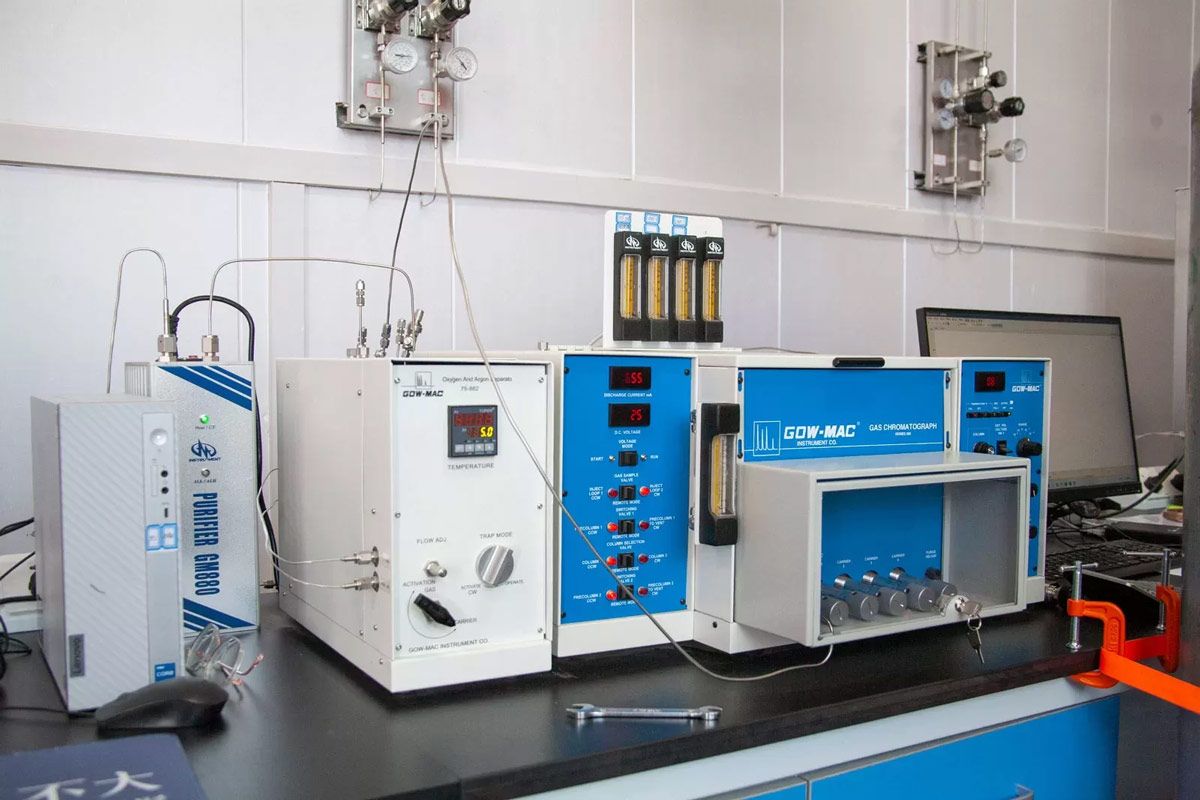Researchers use purified liquid xenon to search for mysterious dark matter particles
January 17, 2021 / by Kimberly Hickok, SLAC National Accelerator Laboratory
The trick, Akerib said, is getting pure xenon, without which all the benefits of the noble gas are moot. However, purified noble gases aren’t readily available—the fact that they don’t interact with much of anything also means they are generally pretty difficult to separate from one another. And, “unfortunately you can’t just buy a purifier off the shelf that will purify noble gases,” Akerib said.
Akerib and his colleagues at SLAC therefore had to figure out a way to purify all of the liquid xenon they needed for the detector.
The biggest contaminant in xenon is krypton, which is the next lightest noble gas and has a radioactive isotope, which could mask the interactions researchers are actually looking for. To prevent krypton from becoming the particle detector’s kryptonite, Akerib and his colleagues spent several years perfecting a xenon purifying technique using what’s called gas charcoal chromatography. The basic idea is to separate ingredients in a mixture based on their chemical properties as the mixture is carried through some kind of medium. Gas charcoal chromatography uses helium as the carrier gas for the mixture, and charcoal as the separation medium.


